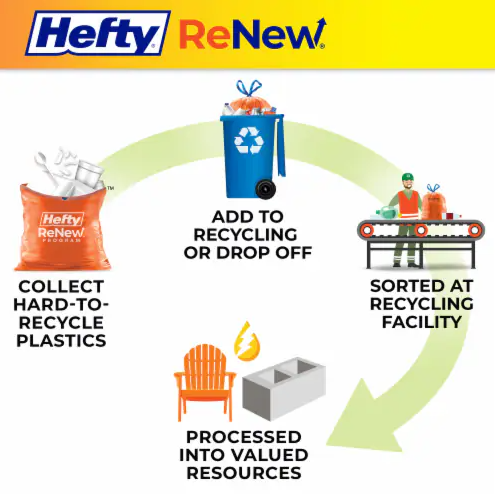
JadeTrack’s Tools Make Hilliard Smarter and Greener
September 20, 2016The Environmental Sustainability Commission’s Green-Living Guide
November 19, 2016Have you ever wondered where your trash goes after it leaves your driveway? Well, if you live in Franklin County, three things happen:
- Your yard waste goes either to an Ohio Mulch or Kurtz Bros yard waste composting facility for further natural breakdown,
- Your recyclables go to Rumpke’s recycling facility,
- Your trash ends up at the SWACO landfill on London Groveport Road in Grove City
So what happens at the landfill?
First, a few facts:
- SWACO (Solid Waste Authority of Central Ohio) obtained the current location in 1989
- In 2015, SWACO took in 1,068,000 tons of garbage!
- At this rate, the current landfill will be full in 25 years.
Every day, trash haulers drive into the landfill and disgorge their trash. After the haulers leave, large compactors “squish” the material down, compacting the trash more and more. With all the compaction, SWACO is able to put in twice the amount of garbage than the actual volume of the landfill itself. Every night dirt is placed over the “fresh garbage” to help keep the trash in the landfill, to minimize odors, and to keep birds from picking through the waste.
The surprising thing is that of the current amount of waste, approximately 70% is actually recyclable:
- 29.2% is fiber material
- 17.1% is plastics that could be recycled
- 14.2% is other materials
- 12.8% is food waste that could be composted
- 8% is textiles
- 5.9% is yard and/or pet waste
- 5.4% is wood
- 4.2% is metal material
- 2.7% is glass
Most of these materials can be recycled, reused, repurposed, donated, etc. This is one important reason to maximize our diversion of waste from the landfill. Another good reason is to delay the life of the current location because building a new spot is timely and expensive. And how are new “spots” created?
Just around the corner from the current disposal area, SWACO is building a new “cell” (Each location is called a cell and goes through a very precise construction process). It takes approximately 2 to 2 ½ years to build a cell and it costs about $15 million to build just one cell.
First, a large hole is dug. The entire hole (now a cell) is lined with compacted clay and then a plastic layer is installed, which is about 1.5 mm thick. Pipes, filter fabric, gravel, and sand are all installed within the cell to collect and manage the garbage’s leachate (liquid that seeps from the various types of garbage). The leachate gets collected and sent to a treatment plant. Monitoring wells and pipes are also installed at the landfill to monitor for leaks. Each cell is 35 feet deep and climbs up to 300 feet high when filled with waste!
What happens when the cell is full? First of all, that same 1.5 mm thick plastic liner that is installed on the bottom of the landfill is also installed on the top, then a clay layer completely entombs the “cell”. Dirt goes on top, and then grass. The entire “cell” is sealed in perpetuity. Methane gas flares have been significantly reduced over the years because more gas is being recovered, cleaned, and sold to Columbia Gas. SWACO must monitor the gas wells emitting gas for 30 years.
Look to this blog for ways you can optimize your recycling, re-using/re-purposing, reducing, donation, etc. in order to chip away at the extra 70% filling up the landfill. If we all reduce the waste stream going into the landfill, maybe we can extend the life of the current cell by years and years!
Thanks to Jerry Olmstead of SWACO for providing this information to the Sierra Club members who visited the landfill in August. SWACO does offer tours to the public to learn more about the landfill and how to reduce the waste stream going into it. To learn more, please visit SWACO at www.swaco.org.











